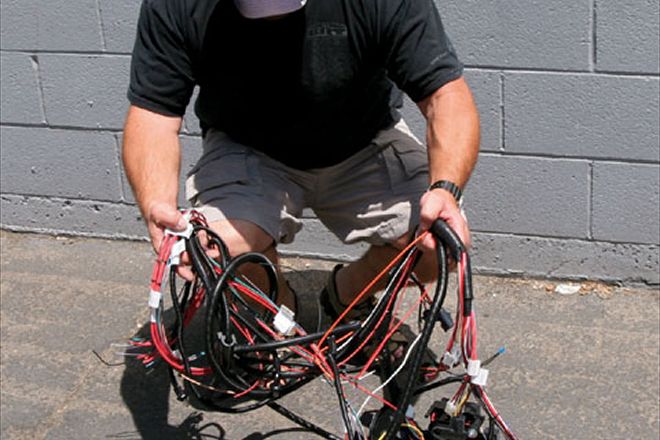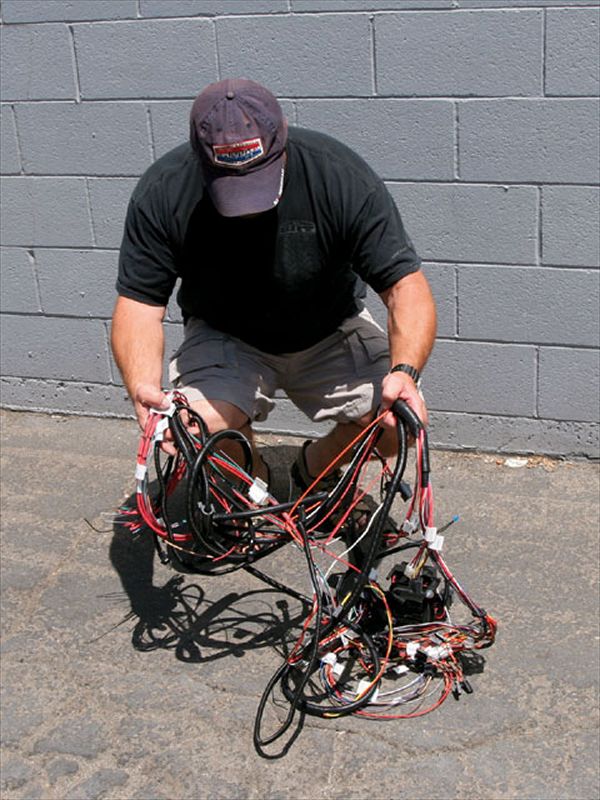
 Kevin McNulty
Former Editor, Mud Life
Kevin McNulty
Former Editor, Mud Life
 Wiring electrical accessories and making repairs is not as complicated as trying to figure out how to wire an entire vehicle. A proper wire repair or the addition of a hardwired electrical accessory can last longer than factory work.
Wiring electrical accessories and making repairs is not as complicated as trying to figure out how to wire an entire vehicle. A proper wire repair or the addition of a hardwired electrical accessory can last longer than factory work.
A few weeks ago I was four-wheeling with some friends and their old Jeeps when disaster nearly struck. An electrical fire started in the engine compartment of one of the CJs and fried a wiring harness. Once the smoke cleared, it was easy to find what happened: The wiring for the auxiliary lighting was haphazardly strung along a factory wiring loom on the firewall. A poorly covered splice in the wires chafed against a cheap metal wire clamp and shorted out. We were lucky we caught this in time-the Jeep could have burned to the ground.
I've run across some dangerously poor wiring jobs in my day, and it would have only taken minutes to do the job right. I bought two old Ford trucks and a Jeep Commando that were wired with residential electrical wire. What goes through someone's mind when he wires a vehicle like this? Automotive electrical wire is cheap, and it's relatively simple to properly splice together. When wiring is installed right, it will safely last for years.
After a good session of ribbing my buddy for his lousy wiring job, we strapped up the Jeep and towed it back to camp. His Jeeping was over for the weekend. Using the right tools and supplies to do the job correctly is extremely economical and worth the additional effort. Follow along as I explain some basic wire splicing and protection.








